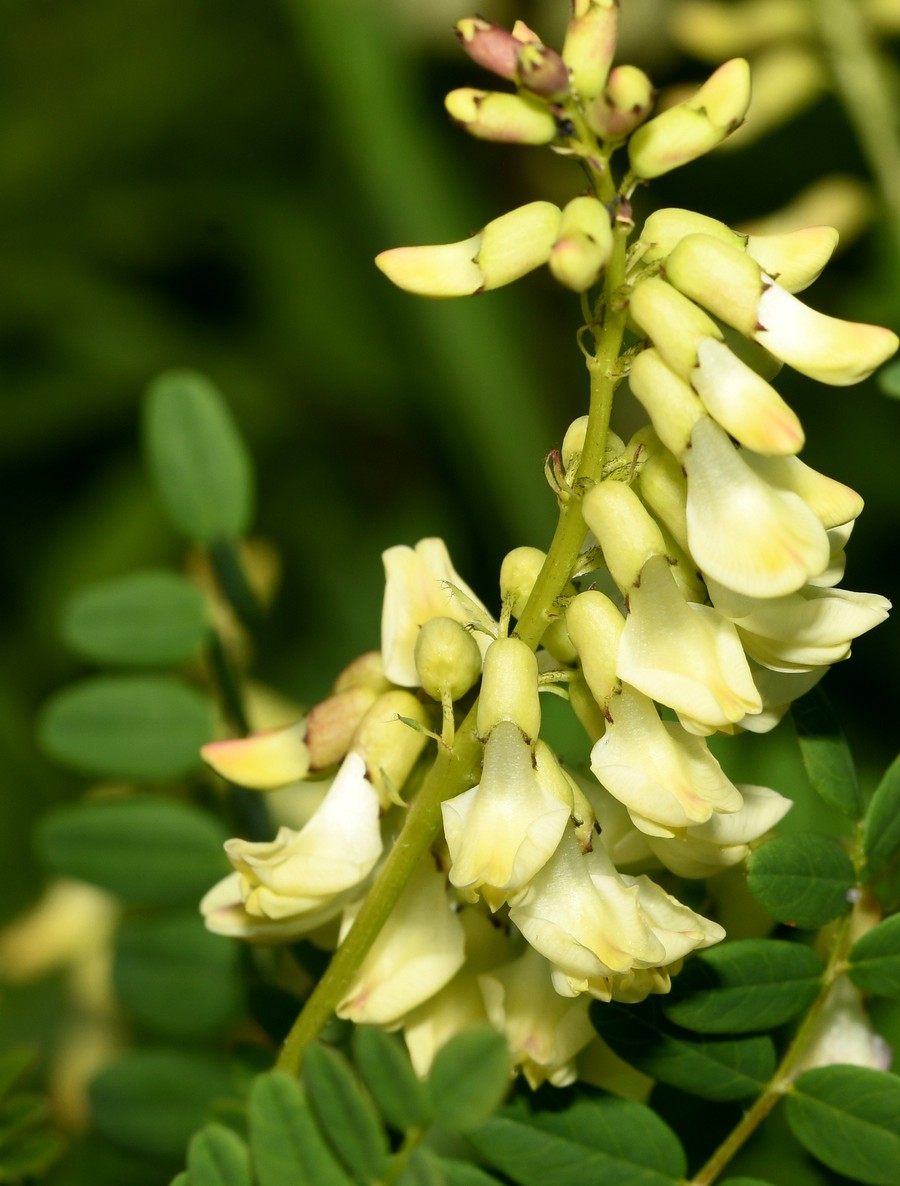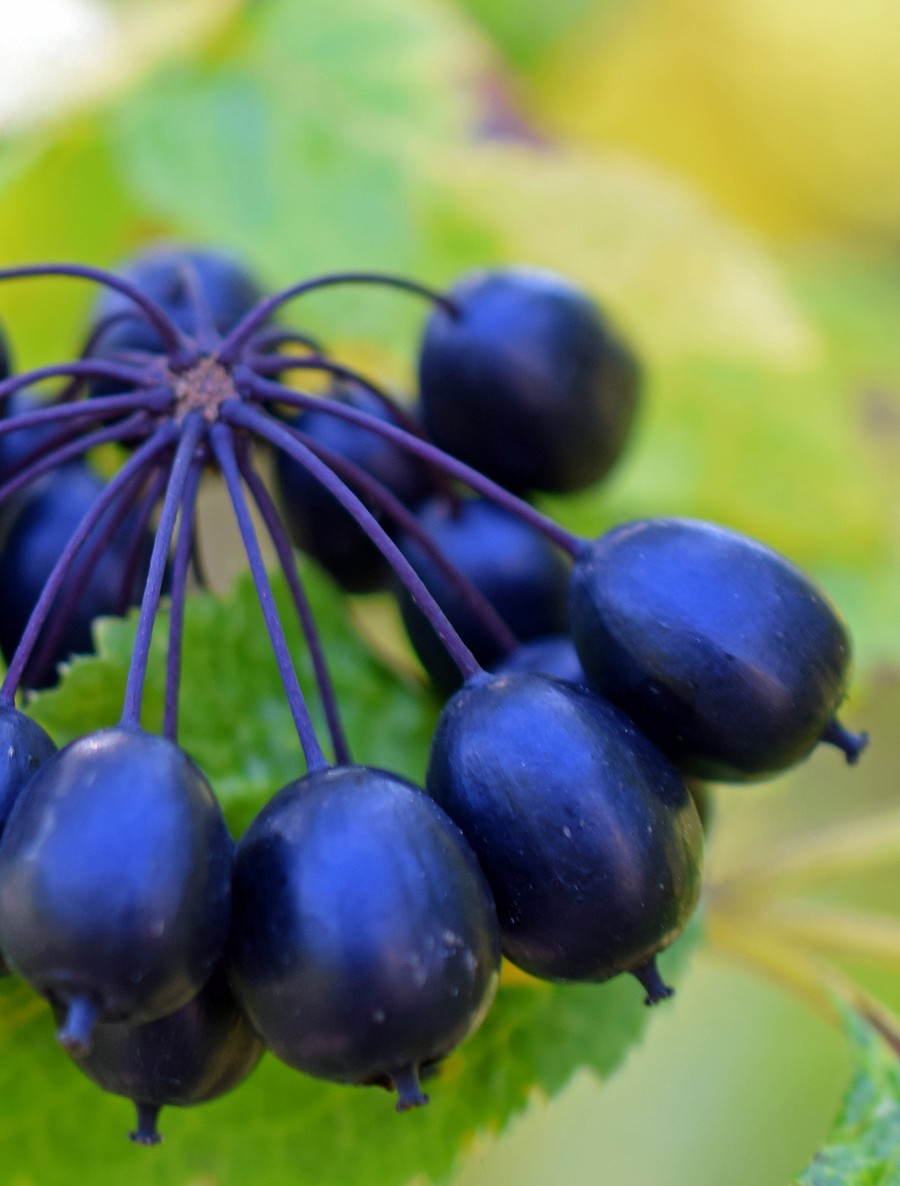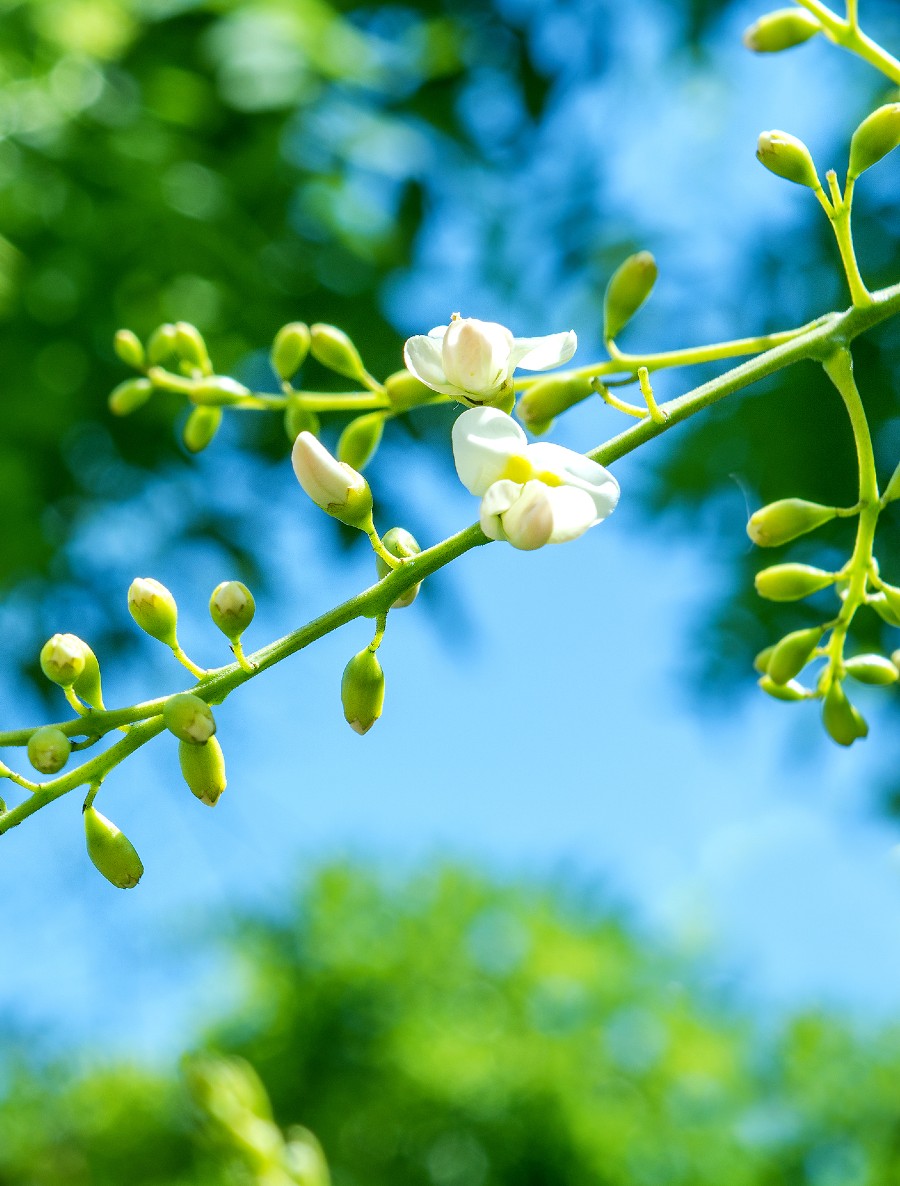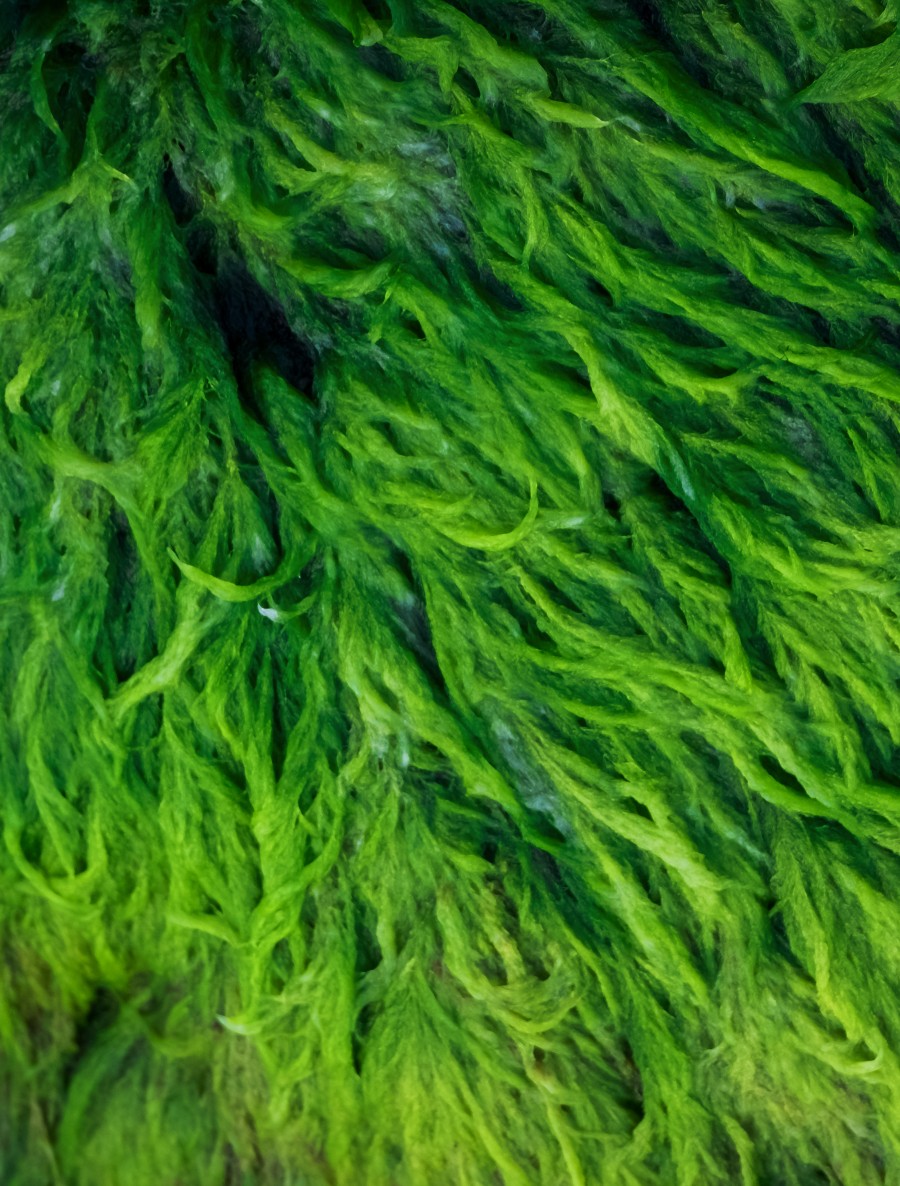Siberian ginseng, also known as Eleuthero, is a small, woody shrub. Don’t confuse this with American ginseng or Asian ginseng – although they have similar uses and benefits, Siberian ginseng is completely different with different active chemical components. The herb was used in Eastern Europe as a folk remedy for centuries, but its medicinal uses were only popularised in the late 1940s when Asian ginseng became scarce due to overharvesting. Russian scientists began looking for a substitute with similar therapeutic effects, leading them to Siberian ginseng.
Traditional Uses in Western Herbal Medicine
· Maintain healthy immune system function
· Assist with recovery from illness
· Help the body adapt to stress
· Support mental concentration, focus and clarify
· Support cognitive function
· Maintain nervous system health
· Relieve tiredness and fatigue
· As a restorative tonic
Scientific Name
Eleutherococcus senticosus
Source
Cultivated on farms in Helongjiang, China
Part of Plant Used
Root, extract








